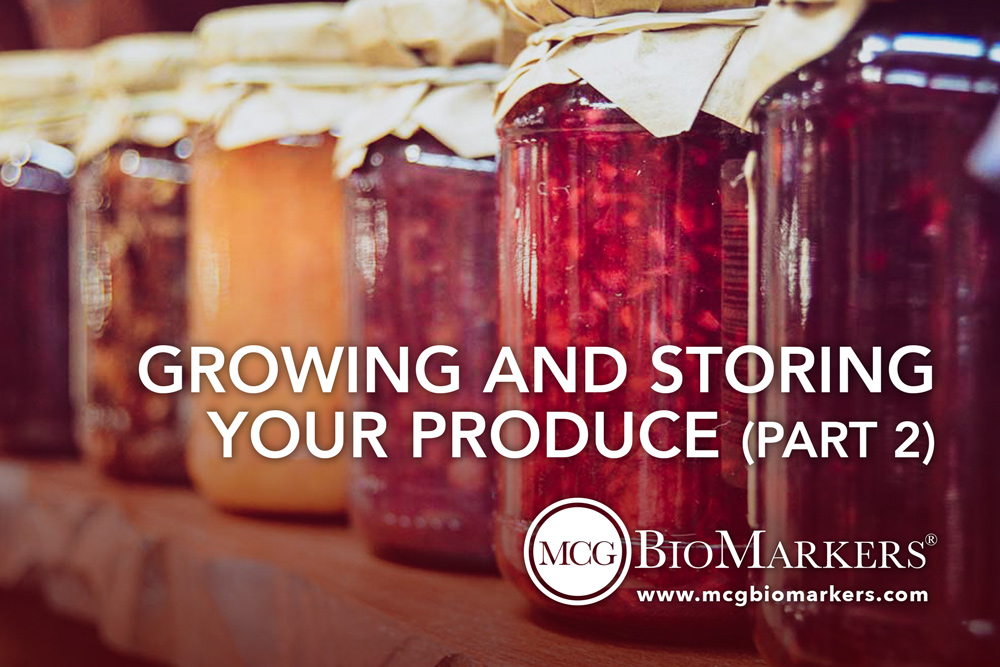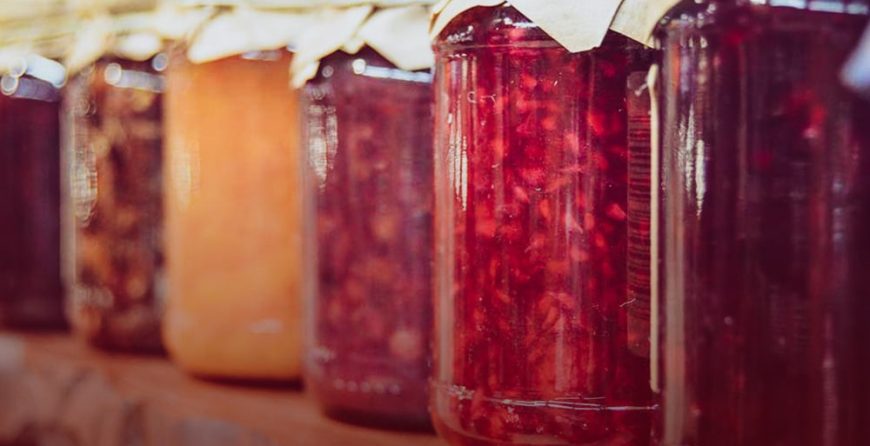 Garlic
Garlic
Garlic is a valuable crop used as a spice in the kitchen and as a home remedy for common ailments. Hence, it is commonly grown in vegetable gardens. However, you must choose the right garlic type that is suited for your location. For instance; if you live in a cold area, go for stiff neck varieties because they are hardier. On the other hand, soft neck varieties are ideal for warm areas. Cold area garlic growers should plant their garlic in late fall so that they harvest in summer. Warm region garlic gardeners should plant in late winter. When planting, it is advisable to select big or medium sized cloves so that you can harvest bigger garlic heads. The cloves should be at least 5 inches apart and deep enough to cover their top.
Garlic requires adequate watering, maintenance, and sun exposure to thrive. They should be harvested once the second set of leaves yellows. If you do not harvest on time, garlic cloves may separate as they dry and storing can be challenging. Just like onions, garlic should be cured in a dry and dark place. Store a few healthy cloves for next planting season.
Winter squash
Winter squash is not only easy to store but also fun to grow. There are numerous winter squash varieties such as; buttercup, spaghetti, golden nugget, Hubbard, and butternut just to mention a few. However, not all varieties store well. You must choose a variety that thrives in your region and stores well too.
Winter squash should be planted when the soil starts warming, and frost has disappeared. Young winter squash plants should be protected from insects and harsh climatic conditions by covering with row cover or garden fabric. For best results, fertilizer or add organic compost when planting. When harvesting, leave some stems attached to the fruit to extend its storage life. So, use a pruning shear or stout knife to separate the stem and the vine. Cure winter squash plants in a warm area for about ten days or until the outer skin becomes firm. Store them in a cool and well-ventilated place.
Carrots and beets
Most vegetables store well if harvested at their peak maturity. To maintain their quality and nutrient levels, beets and carrots should be stored at a constant temperature of about 35 degrees F and 95 percent humidity. There are three ways gardeners can achieve the storage conditions; using a refrigerator, storing in the garden or moist sand.
To store in a refrigerator, take same sized carrots or beets and place them in a gallon freezer bag. Remove as much air as you can from the bag and stack the bags on a shelf or in drawers in the fridge. Check regularly for decay and use carrots or beets that are about to spoil first. Beets and carrots can stay for up to 5 months if stored properly.
To store in moist sand, moisten clean sand placed in a wheelbarrow or large container. Place your carrots or beets in a wooden box, tub, plastic-lined cardboard box or 5-gallon bucket. However, you should start by placing a few inches of moist sand at the bottom of your storage container. Lay the vegetables on the moist sand and cover them with moist sand completely and repeat this process until your storage container is full.
Carrots and beets can be stored in the ground in cool areas. Before frosting, cover the beets and carrots with about 12 to 18 inches of leaves or straws. Cover beet shoulders completely before heavy frost because they can easily get damaged. Once you are ready for harvesting, lift the mulch back and harvest as desired.
Conclusion
Every vegetable has a storage method that can be used to ensure that you enjoy healthy and organic diets throughout the year. You just have to grow native crops and do adequate research about how best you can store your garden produce.


